Shows how something extraordinary can be achieved, provided we have some more time. :-)
Get Started for FREE
Sign up with Facebook Sign up with X
I don't have a Facebook or a X account
 Your new post is loading... Your new post is loading...
 Your new post is loading... Your new post is loading...

Dr Pam Hill's curator insight,
March 13, 2014 8:54 AM
Race to the Top demands that we prepare learners to be innovative creators. Wouldn't it be fabulous to have this type of training happening in PD and classrooms?
James Rush's curator insight,
July 22, 2015 4:42 PM
Going further requires a plan and process; gaining wisdom requires it begins with a healthy respect of the Lord Jesus.

Leslie Minton's curator insight,
November 30, 2013 5:35 PM
Really gets you thinking about how to inspire greater innovation 
Drora Arussy's curator insight,
December 1, 2013 8:23 AM
Interesting that this inforgraphic chose to put thinking "outside of the box" inside boxes, but in general the idea is important for us to remember. When facilitating a class encourage buy in from the students, encourage them to exercise their minds and be creative!

HND Assignment help's curator insight,
November 18, 2015 10:31 PM
Innovation at classroom can be obtained through our assignment help services at http://assignmenthelpblog.blogspot.in/
hndassignmenthelp@gmail.com |

Joel Norton's curator insight,
October 28, 2014 5:25 PM
Looks like a sales site but has some good background info.

Ness Crouch's curator insight,
June 30, 2015 7:02 PM
Reading comprehension is so important. There are so many children who can decode brilliantly but have difficulty with comprehending...an essential part of reading. Good tips.

Siphiwe Kubeka's curator insight,
May 22, 2014 8:06 AM
Technology has made education to be much easier and more interesting in information literacy

Audrey's curator insight,
November 29, 2013 2:26 PM
These skills make a lot of sense and all tend to be included in education, right now. In addition to learning the standard topics, most educational establishments incude socio-cultural, moral and practical lessons for students to be able to cope with life in the 21st century.
audrey@homeschoolsource for http://www.homeschoolsource.co.uk

Ken Morrison's comment,
September 29, 2012 9:23 PM
Thank you for the rescoop. It looks like you have a great site here!
|





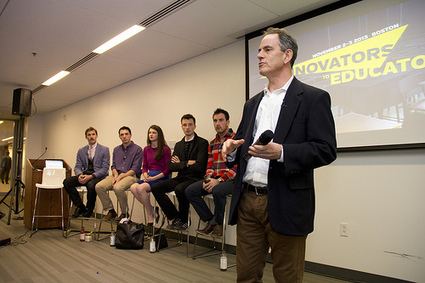






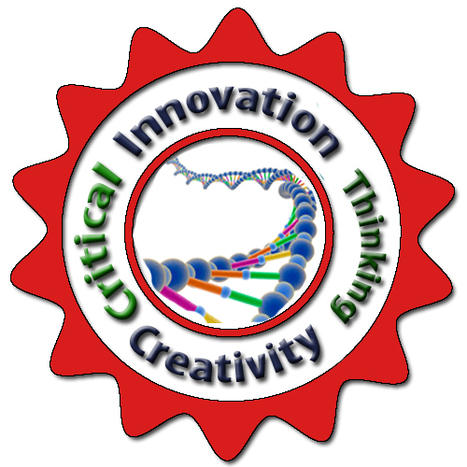
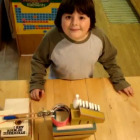
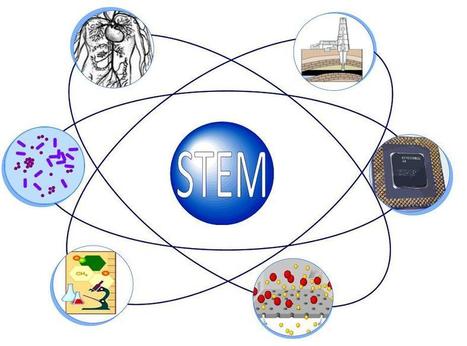
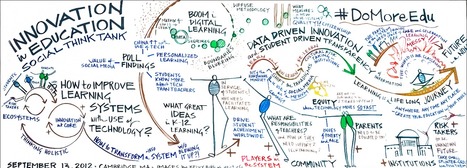



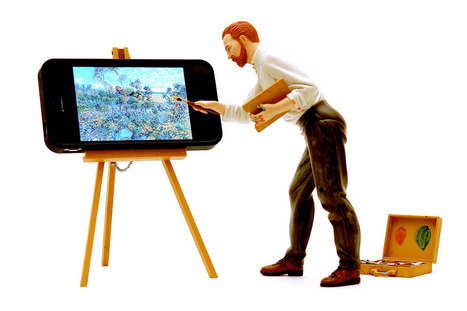
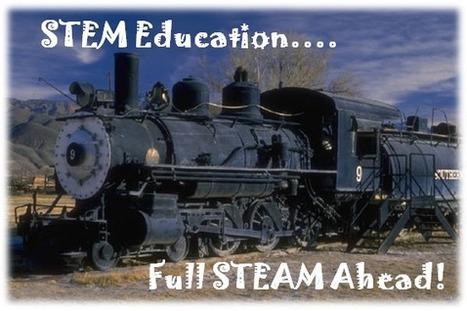
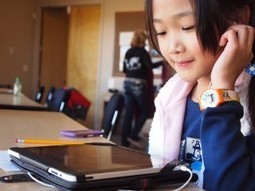
![Top 10 Skills for the 21st Century Young Professional [Infographic] | Eclectic Technology | Scoop.it](https://img.scoop.it/z5P_zLpU88v4IZDB1kUQxjl72eJkfbmt4t8yenImKBVvK0kTmF0xjctABnaLJIm9)

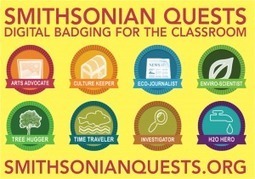

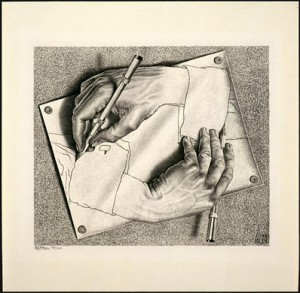


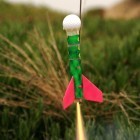
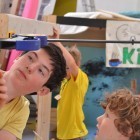





Faire vivre aux clients le fameux effet WAHOUUU! nécessite de l'empathie et de la créativité... et du temps pour les personnes qui les accompagnent.